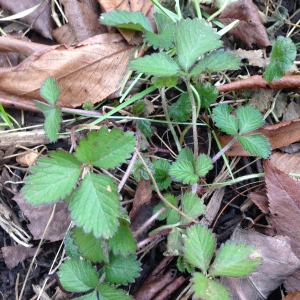
Take :
1 lb celery root, peeled and grated or julienned on a mandoline
* Save the peels and leftover pieces from grating and use in celery root syrup (recipe to follow).
Toss grated root with:
1/2 tsp salt
Allow to stand for at least 20 minutes.
Add :
about 1/2 cup strong fermented greens, chopped fine
about 1/3 cup pickled onions, diced or chopped small
about 1/4 cup sweet hot pickled carrots
* These can be around these proportions of any variety of different homemade or purchased fermented or pickled vegetables. The key is to play off of celery roots sweetness and use more intense and tart flavors. I would also avoid adding too much quantity of any one thing rather than overpower the celery root.
Toss, add :
2 tbs capers, chopped fine
A splash of vinegar of lemon juice if desired
1/4 cup of sweet fern (Comptonia peregrina), crumbled
2 tbs or so of wild basil (Cliopodium vulgare) leaves and flowers, crumbled
1-2 jalapenos or other fairly mild chile, diced
Toss and Serve
This salad produces its own dressing in the seasoned liquid created by salting the celery root and the various brined or fermented vegetables. It shouldn’t require oil, but it certainly won’t mind it. Try it with the modest amount of chiles recommended and see how it suits. I found that the addition of more ruined the finish of the celery root. This is a dish that benefits from a night in the fridge to let the flavors meld. It can be served chilled or at room temperature.
This is excellent served as a contrast to more rich or heavy dishes, being sharp and clean and quite healthy (unless of course one is on a low salt diet). Essentially a mixed pickle in the guise of a salad, it would be a good compliment to dishes such as catfish, fatty tuna, pork, tofu, beans, eggplant, okra, potatoes, beets, noodles and noodle soups. It works best as a salad if used in a sequence of small dishes
Just as the fermented or pickled vegetables could be endlessly varied, so could the herbs used. In the winter I tend to use dried herbs, and in this case wanted to showcase two forage herbs, but in the remaining seasons I would use fresh herbs to fit my fancy.
KEY : The key fact to remember with this recipe is to taste it constantly, especially when you’re experimenting with different combinations of fermented and pickled vegetables, and adjust accordingly.



